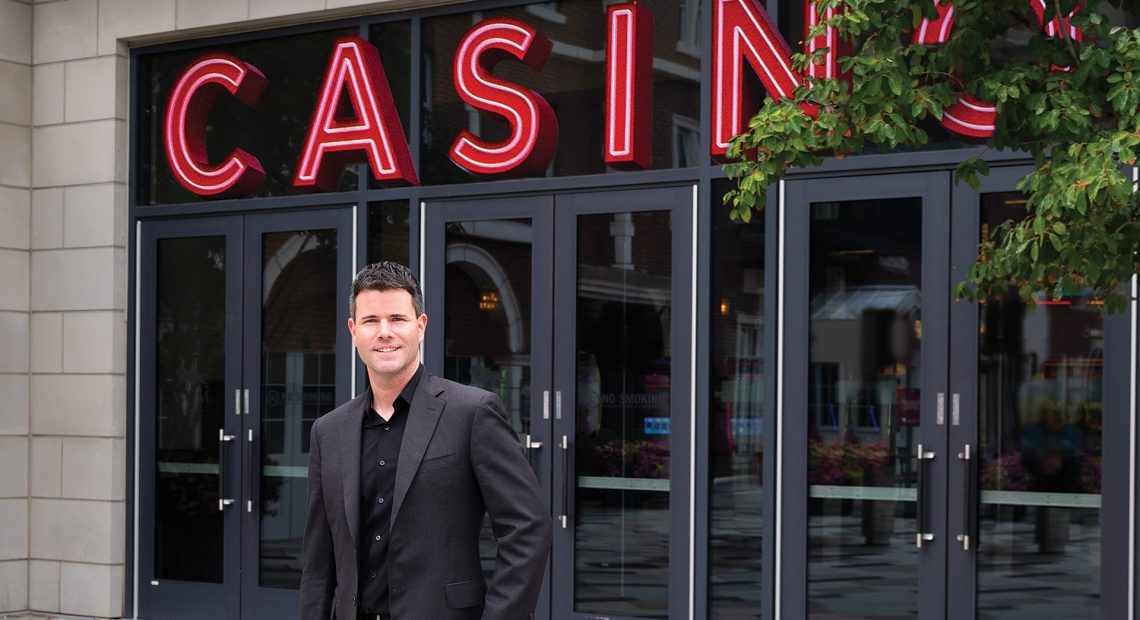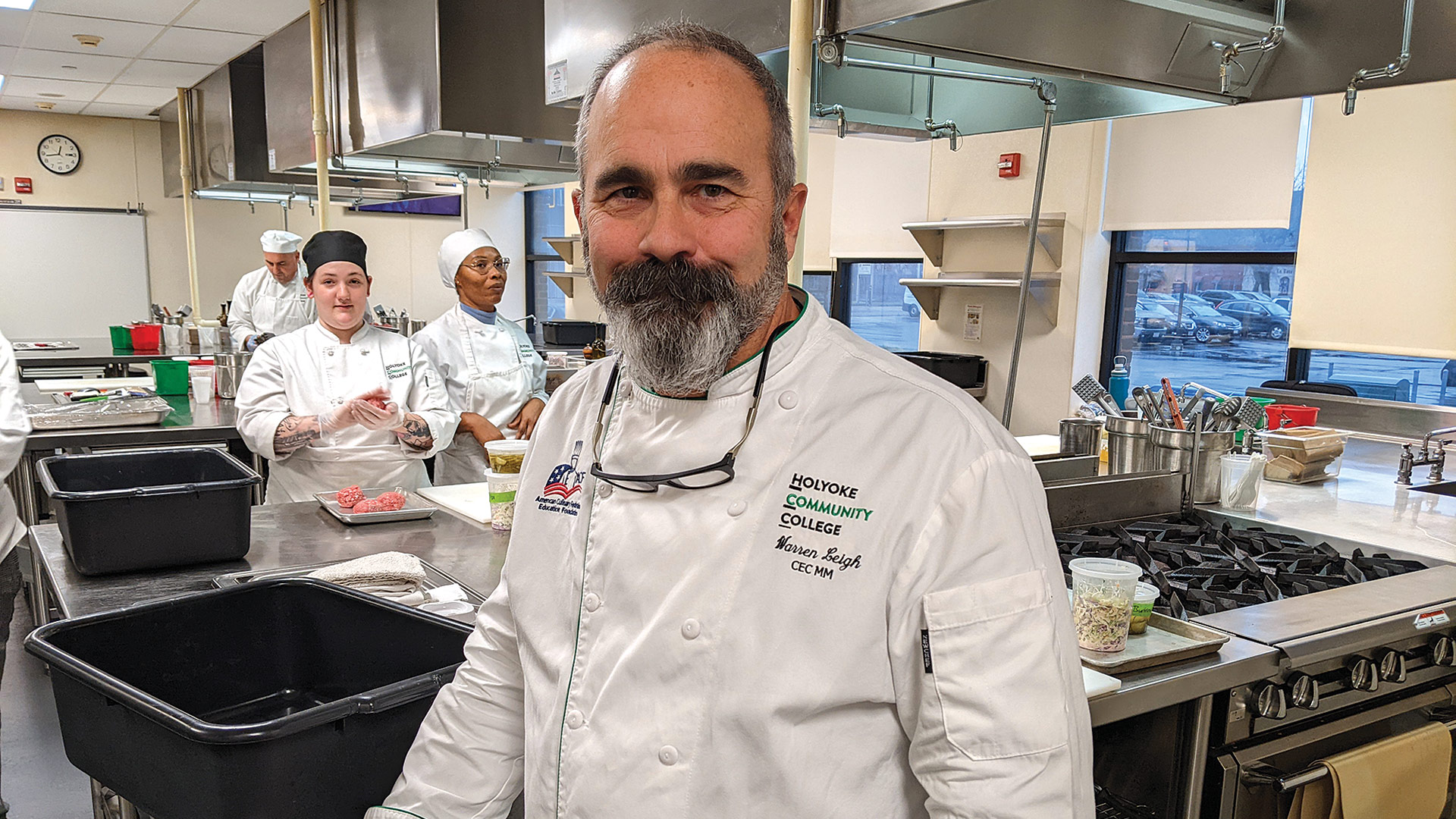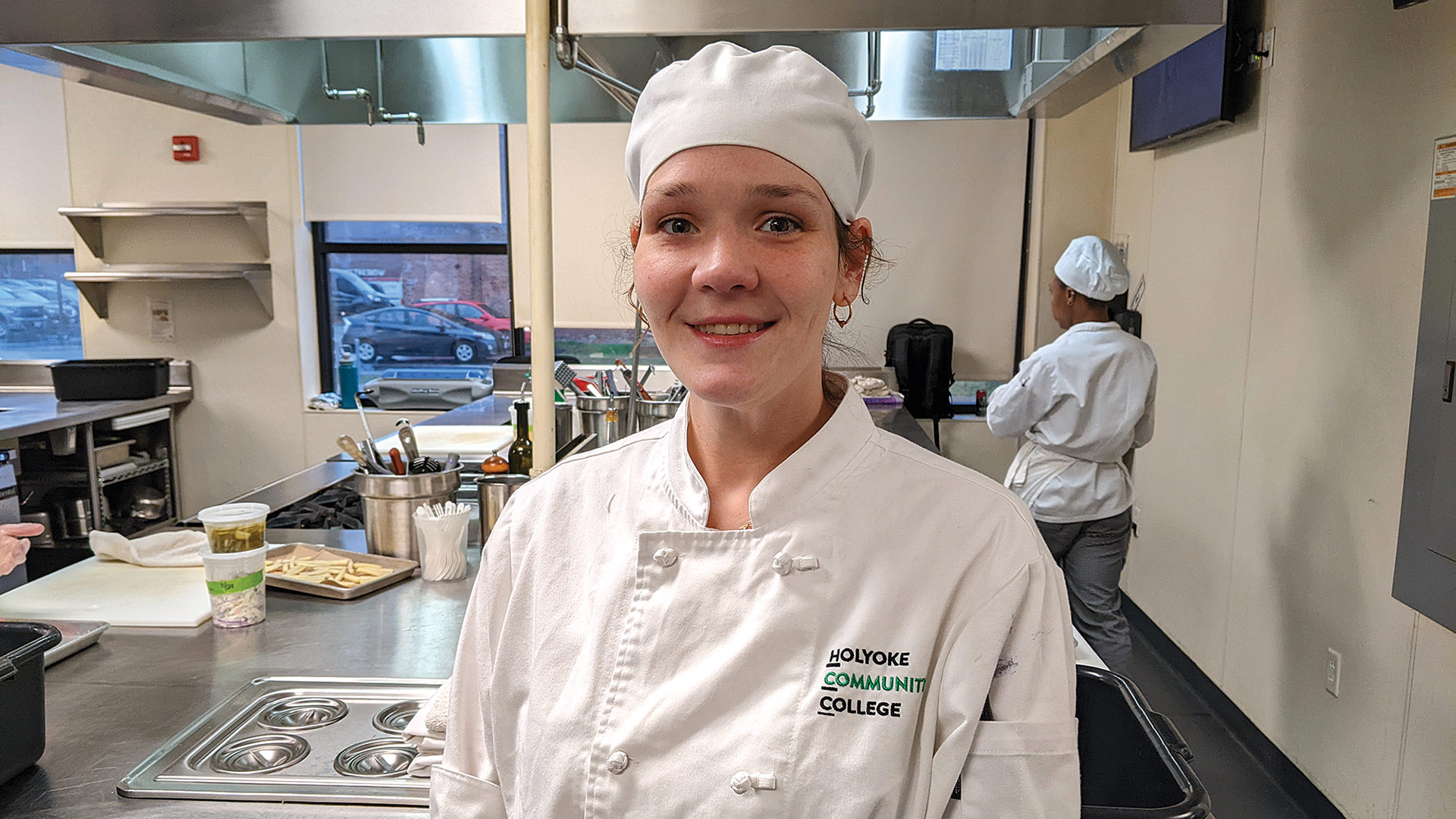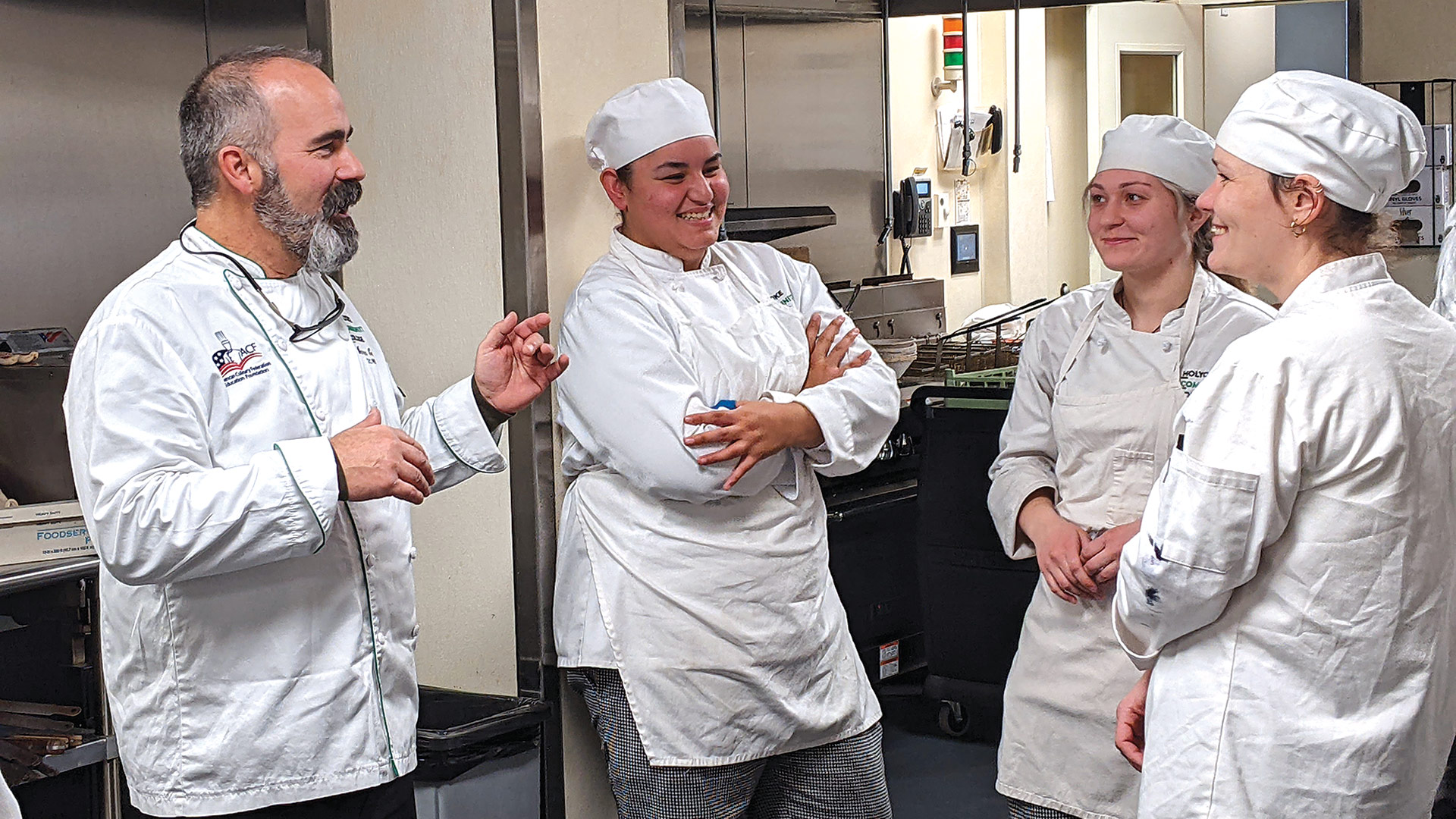President Says It’s Been a ‘Journey,’ but Casino Is in a Good Place
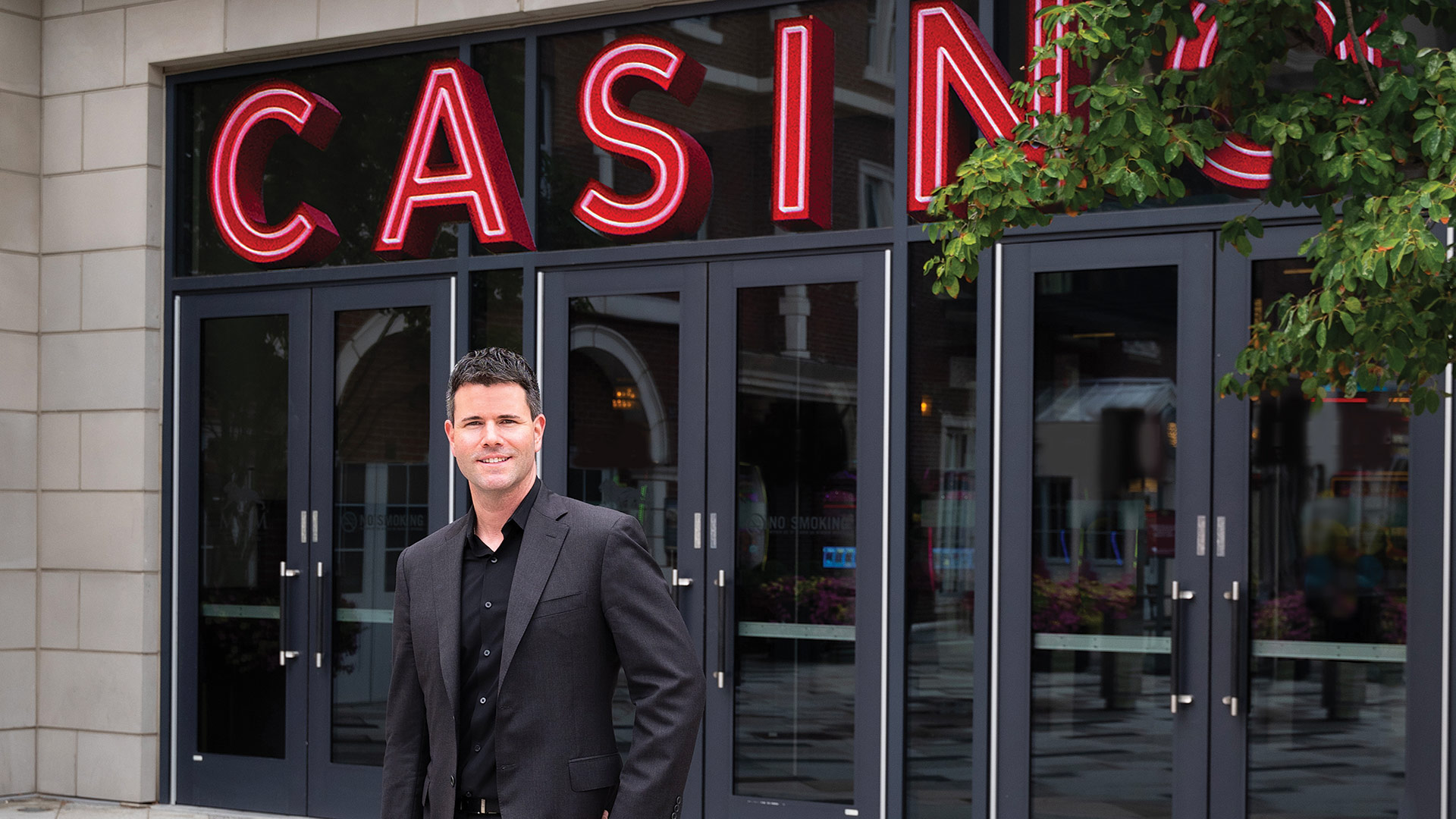
President and COO Chris Kelley
Photo courtesy of MGM Springfield
In most respects, Chris Kelley says, five years isn’t a long time when it comes to the life of a casino.
But as he quickly draws an analogy to an automobile, or an individual, for that matter, he notes that it’s not the years that count, necessarily … it’s the miles.
“And we’ve run a lot of mileage through the odometer,” Kelley, president and COO of MGM Springfield, told BusinessWest.
By that, he meant that the nearly $1 billion facility in the city’s South End has seen and experienced a lot since it opened to considerable fanfare in late August 2018, enough to make it seem as though it has been in operation much longer than five years.
At the top of that list, of course, is the global pandemic that closed the facility’s doors for four agonizing months and also forced a number of operating changes, some of which have actually paid dividends in some respects.
“We had significant changes on our gaming floor in ways that I never would have predicted could have been possible before COVID,” he said. “We have close to 1,000 fewer slot machines than we did when this property opened, yet we’re making significantly more; we have fewer table games, but we’re making significantly more; we have fewer poker tables, but we’re making significantly more.
“So what we have found is that, through COVID, guests really developed a preference for spacing and the way we arrange and offer our amenities,” he went on. “And the end result is a floor that is much less populated than it was before, but it is much more attractive to our guests. We see that with visitation, and obviously we see it on the gaming end as well.”
But there has been evolution beyond the pandemic, he noted, listing everything from huge changes to the competitive landscape, starting with the opening of Encore Boston Harbor and continuing with other additions in neighboring states, to the introduction of sports gambling in the Bay State, to a lingering workforce crisis that currently leaves the casino with 200 open positions, some of which place limitations on which facilities, especially restaurants, can operate, and when.
“We have close to 1,000 fewer slot machines than we did when this property opened, yet we’re making significantly more; we have fewer table games, but we’re making significantly more; we have fewer poker tables, but we’re making significantly more.”
Through all of this — and, again, it adds up to a lot of miles — MGM has emerged after five years in what Kelley described as a fairly good place, while there is still certainly room for improvement.
He notes that the past three quarters have been the best, from a gross gaming revenue (GGR) respect, since the casino opened. Meanwhile, sports betting has brought additional revenue and an intriguing new element to the operation, as well as a good deal of anticipation as a new NFL season begins in less than a month.
On the entertainment side of the equation, the casino continues to build on a solid track record of success, he said, with recent shows featuring Bruno Mars, Carlos Santana, Tina Fey and Amy Poehler, and a recently announced show presenting Jon Stewart, John Mulaney, and Pete Davidson, set for Sept. 8.
“The MGM Springfield comeback story is alive and well,” Kelley said, noting that this comeback, from the pandemic and everything else, is ongoing. “We have had a pretty extraordinary journey, starting with the parade down Main Street in August 2018; the introduction of a new competitor in Encore Boston Harbor; the closure from the pandemic, something that no one could have anticipated; the impacts from COVID following the closure; the introduction of sports betting; and where we sit now, with record results. At the same time, we’re seeing unprecedented levels of entertainment that we’re bringing into the city, levels that we haven’t seen in decades.
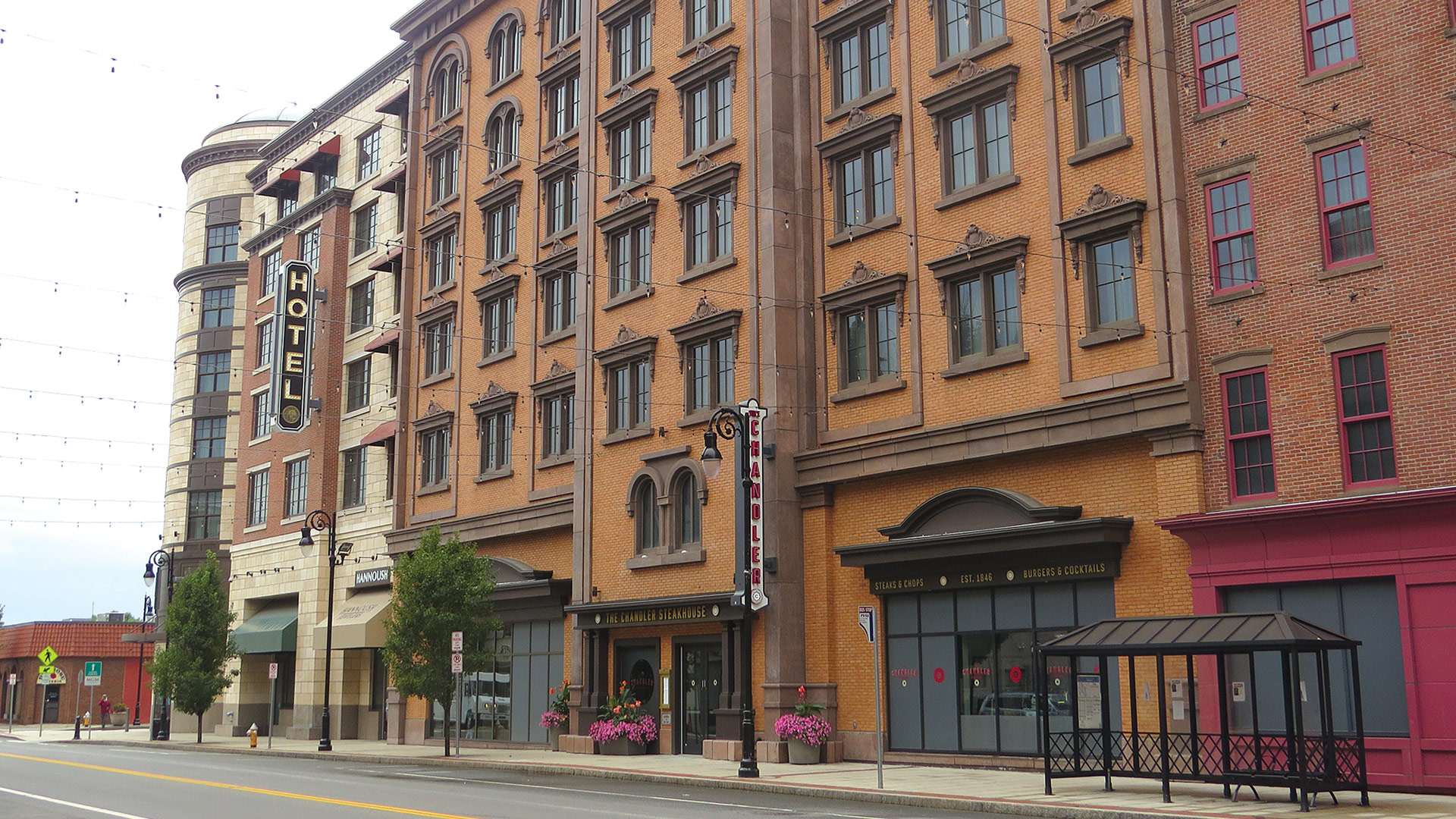
Chris Kelley says some of the lessons learned, and changes made, because of COVID have made MGM more responsive to the wants and needs of members and guests.
“We look back with a lot of gratitude and look forward with a lot of optimism,” he went on, adding that, while the current picture is fairly bright, there is ample reason to believe there will be continuous improvement, in part because of the many lessons learned over the past few years. “It has been a journey, and I’m very optimistic as we look ahead.”
Doubling Down
Kelley has nearly three decades of experience in the casino industry. Reflecting on those years, he said he’d never been home on New Year’s Eve before — a huge day in this business — and certainly never expected to be in 2021.
But after casinos were allowed to reopen in July 2020 after a COVID-forced shutdown, there were several restrictions placed on those facilities, most of them without precedent. And one of them of them is that they had to close at 9:30 p.m., even as the world was ushering in a new year.
“In a 24-hour business, I had never experienced a New Year’s Eve at home when the clock struck midnight, but that’s exactly what happened,” he told BusinessWest. “We had to reinvent ourselves.”
Reflections on New Year’s Eve at home, and not on the casino floor, is one of countless elements that contribute to Kelley’s comments about miles on the odometer when it comes to this facility’s first five years of operation. Looking back over those five years, and especially his three and half years at the helm, he said they have been a challenging time, but also a learning experience, with some lessons coming unexpectedly during the pandemic, which was, overall, an experience without precedent in the industry.
“The time period that was most impactful was what we went through during COVID,” he said. “We had our challenges even prior to the closure in March of 2020, but we had no expectation of a long closure when it happened. I don’t think anyone did; we thought this would be a short-term impact, and we wound up being closed for four months.”
During that time, the company decided it would, despite not seeing any revenue whatsoever, continue to make the payments to the city outlined in the host-community agreement inked prior to opening.
“That was the first really challenging decision that we had, and it was very difficult to make,” he recalled. “I’m proud of the fact that we made the right decision, which was to continue those payments without question.”
“We have learned, and we have grown, and we have improved, and we’ve done that to the enhancement of the guest experience.”
When the casino reopened in July, he went on, those at the casino knew it would not be business as usual, and as it made mandated adjustments, especially with regard to social distancing, some key lessons were learned.
Kelley refrained from using the phrase ‘silver linings,’ but said there were certainly some good things that came out of the pandemic and that reinvention process he mentioned earlier.
“Ultimately, that has been a great teacher for us; it has been a great benefit for us as operators,” he explained. “We have learned, and we have grown, and we have improved, and we’ve done that to the enhancement of the guest experience.
“One of the reasons why I think we’re seeing record results now is because we’re focused, first and foremost, on the experience of our guests from the minute that they walk through the door,” he went on. “And we’re using that that as a differentiator against a much larger competitive set; we’re competing against two of the largest properties on the planet in Foxwoods and Mohegan Sun and also against Encore Boston Harbor, with a metro population of 5 million versus the 150,000 we have in Springfield.”
Elaborating, and returning to his thoughts on the benefits of a less-crowded gaming floor, Kelley said the team at MGM Springfield is focused less on the volume of offerings and more on having the “right” products, such as the hugely popular Dragon Link and Lightning Link slots.
“We have a very dynamic floor — we’re bringing in new product all the time,” he said. “And we’ve adjusted the spacing on the banks, so when you sit down at a game now, you have a lot more room, you have a lot more visibility — lines of sight to other games — and people really enjoy that.
“Prior to COVID, a lot of the thought process had been, ‘let’s get as many games, as many tables, as you possibly can in any area of the floor,’” he went on. “What we’ve found is that this is not the most effective use of the space.”
These sentiments, he said, are reflected in GGR figures from the Massachusetts Gaming Commission, which show total slot and table GGR of $22.2 million in June, $23.35 million for May, $23.7 million for April, $24.1 million for March, and $23.3 million for the short month of February, continuing a solid run for the casino.
Q1 of 2023 was the best quarter the facility has had since it opened, Kelley said, adding quickly that Q4 in 2022 was the second-best quarter, and Q2 of this year was the best second quarter the casino has recorded. “We’re on a run of the three best quarters in our history,” he said, adding that COVID restrictions were in place through Q1 of 2022, meaning that, once those restrictions were lifted, the numbers started to dramatically improve and outperform even those months before Encore Boston Harbor opened.
Odds Are
Moving forward, Kelley believes this run can continue as the casino continues to apply the lessons learned during the pandemic, keep its floor dynamic, market itself aggressively, and create draws to bring guests to the South End facility.
“We do things here that we don’t do anywhere else in the company,” he explained. “Probably the best example is that there is not a Saturday night when we’re not giving a car away; you often see that done on a monthly basis or a quarterly basis — we do it on a weekly basis. So our marketing efforts have become very aggressive and very focused.”
Another element in the recent success formula that will continue is a hard focus on the overall guest experience, personalizing it as much as possible.

MGM’s music and comedy shows have been a key contributor to vibrancy in Springfield’s downtown, and the casino’s promotions have generated buzz as well.
Staff Photo
“We recognize that we compete against properties that have more hotel rooms, more slot machines, and more restaurants, so the only way we win is by providing a better experience for our guests, a personalized experience that begins when they walk through the door. We have focused our training and our attention on guest service, getting to know our guests, and personalizing their experience when they’re here, and the combination of those three things has been very effective.”
Overall, Kelley said, it takes three to five years for a casino property to “come to life,” as he put it, and reach a certain level of stability. He believes MGM Springfield is at that point, although he quickly noted that the ramping-up process is not done yet.
“I think we’re through a lot of the initial learnings — we packed a lot of life into a short amount of time; we learned a lot, and we’ve changed a lot,” he noted. “That said, particularly in the post-COVID environment, I don’t think you ever stop ramping, and by that I mean that we’ve learned the impact and the importance of a dynamic operating model and bringing continuous improvement into the daily operation in a meaningful way.
“When I think of ramping, I think of making positive change tomorrow that positively impacts the guest experience,” he went on. “From that sense, I don’t think we’re done with by a long shot. This is a property that has not seen its best day, and it’s up to us to continue to change in positive ways to realize that.”
Perhaps the biggest challenge moving forward when it comes to continuous improvement is on the labor front, Kelley said, noting that those 200 openings he mentioned earlier are about three or four times what the number would be in what would be considered a normal labor market.
“And this does impact what we can offer and when we can offer it,” he told BusinessWest, noting that this is especially true with food and beverage operations, which are particularly vulnerable when positions go unfilled or when existing employees call in sick, leaving teams short-handed.
“Our restaurants are all open, but not every restaurant is open every day of the week,” he said, adding that this is not uncommon within the industry and a situation certainly exacerbated by the ongoing workforce issues.
As for sports gambling, he said there is not enough hard data to gauge its overall impact on operations and revenues, but anecdotally, he said it is certainly having an impact, especially when it comes to bringing new life to what had been a quiet corner of the casino floor, where a multi-million-dollar sports lounge has been created.
Kelley noted that, while the majority of sports wagers are made on mobile apps, the lounge has become a destination for Super Bowl Sunday, March Madness, the Kentucky Derby, and other prominent sporting events.
“That place just blows up when you have a big game,” he said, adding that he is looking forward to the first full NFL season since sports gaming was introduced, noting that pro football is hugely popular, not only from a fan perspective, but a gaming perspective as well.
Time will tell how that NFL season impacts the sports lounge … and whether the casino can continue what those who gamble would call a hot streak.
But Kelley is certainly optimistic. As he said, it’s been a journey, one in which many miles were put on the odometer. But the road ahead would seem to be clear, and with fewer hills to climb.



